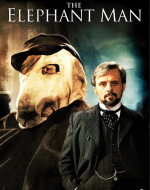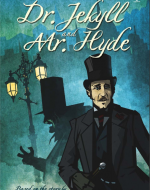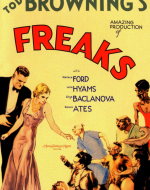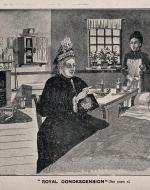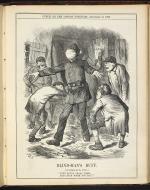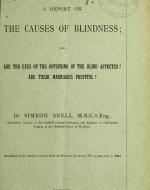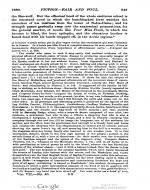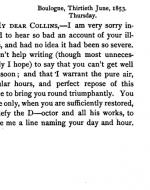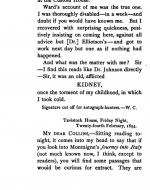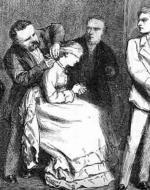The nineteenth century saw a new age of public health. Britons experienced rapid shifts in the theory and practice of medicine as a result of the professionalization of science, the rise of teaching hospitals, the emergence of new and often controversial or conflicting medical diagnoses, and the desire to find cures for recurring pandemics. Factory work, railroads, and urban living conditions during the Industrial Revolution also brought their own forms of injury and chronic disability as well as a new emphasis on the importance of able bodies. Charitable efforts and institutions in support of those with disabilities boomed, but at the same time, people with disabilities were increasingly ushered into workhouses and asylums.
This exhibit looks at the Victorians' facination with and making of the disabled identity. It homes in on three subject groups: those sequestered spatially, like the invalid in the sickroom or freak in the freakshow; those whose disability allowed them to circulate more readily in society but not without the perpetual tension of society's sympathy and society's repulsion; and those literary writers who experienced their own afflictions and carved a space out to comment on disability.
The individual cases explore how the depiction of people with disfigurements evolved in media from the Victorian to the post-Victorian era; ask us to consider the myriad ways the shift to VIctorian sympathy (rather than humor) nonetheless sidelined those experiencing disability; and encourage us to appreciate how, when social critique and commentary was so rampant (whether productive or unproductive), certain authors who had ailments and illnesses prevailed in depicting disability and invalidism more realitically.


